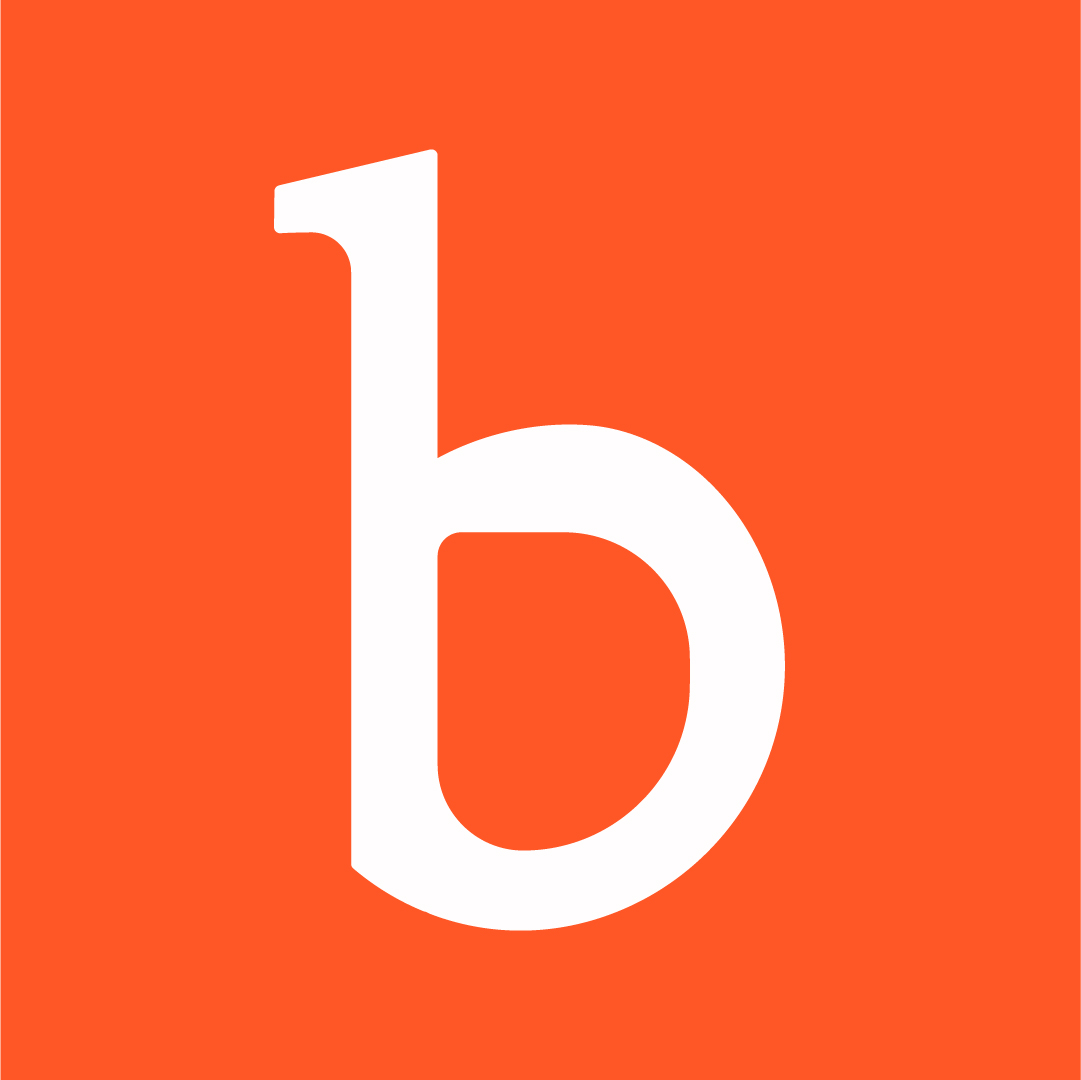Introduction
Functional programming is a distinctive approach to software development, centered around the use of pure mathematical functions. It contrasts sharply with imperative programming, which focuses on how to perform tasks. This article delves into the fundamental principles of functional programming, its history, key concepts, and how it compares with other programming paradigms such as object-oriented programming (OOP).
Historical Background
The roots of functional programming are deeply embedded in academia, specifically in the lambda calculus developed by Alonzo Church in the 1930s. This formal system of computation, based solely on function application, provided the theoretical foundation for all functional programming languages. The lambda calculus, along with Turing machines, forms the basis of computation and shows that functions can be used to express any computation. The first high-level functional programming language, Lisp, was developed in the late 1950s at MIT by John McCarthy. It introduced many concepts now common in functional programming, such as recursive functions and conditional expressions. Functional programming languages like Haskell, Erlang, and Scala, among others, have evolved from these early concepts, each adding its own features to the paradigm.
Core Principles of Functional Programming
Functional programming is characterized by several key principles that distinguish it from imperative and object-oriented programming:
- First-Class and Higher-Order Functions: Functions are treated as first-class citizens, meaning they can be passed as arguments to other functions, returned as values from functions, and assigned to variables. Higher-order functions are those that take other functions as arguments or return them as results.
- Pure Functions: These functions have two main properties: referential transparency and the absence of side effects. Referential transparency means that the function’s output depends only on its input, without any hidden state. A function with no side effects does not alter any state or interact with the outside world, such as the file system or console, making it predictable and easy to test.
- Immutability: In functional programming, data is immutable, meaning it cannot be modified after creation. This leads to safer, more predictable code that is easier to debug and test, especially in concurrent applications.
Functional vs. Imperative Programming
The imperative approach, exemplified by languages like C and Java, focuses on how to achieve a desired state through a series of steps or instructions that change the program’s state. In contrast, functional programming emphasizes the declaration of what to solve through the application of functions, without explicitly stating the steps to achieve the result. This declarative nature leads to code that is often more concise and easier to reason about.
Functional Programming Languages
Several programming languages embody the functional programming paradigm, either as their core principle or by supporting functional programming features alongside other paradigms:
- Scala: A hybrid language that integrates functional programming with object-oriented programming, allowing developers to choose the most appropriate paradigm for their needs.
- Haskell: A pure functional programming language that emphasizes purity, laziness, and strong static typing, making it ideal for complex mathematical computations and algorithms.
- Clojure: Designed as a functional programming language that runs on the Java Virtual Machine (JVM), Clojure emphasizes immutability and simplicity.
Conclusion
Functional programming offers a powerful alternative to imperative and object-oriented paradigms, emphasizing pure functions, immutability, and first-class functions. While it may require a shift in thinking for those accustomed to imperative programming, its benefits in terms of code clarity, maintainability, and reliability make it an attractive choice for many programming tasks. As the software development industry continues to evolve, the principles of functional programming are increasingly being integrated into new and existing languages, broadening the scope of its applicability and influence.
Further Reading and Exploration
To further explore the world of functional programming and deepen your understanding, consider delving into the following resources:
1. “Structure and Interpretation of Computer Programs” by Harold Abelson and Gerald Jay Sussman with Julie Sussman. This book is a foundational text in computer science, offering insight into the principles of functional programming using Scheme, a dialect of Lisp. It’s renowned for its clear exposition of complex concepts and has been used in introductory computer science courses at MIT.
2. “Learn You a Haskell for Great Good!” by Miran Lipovača. This book is a fun and accessible introduction to Haskell, a pure functional programming language. It’s ideal for beginners and covers everything from basic syntax to advanced features like monads and functors.
3. “Functional Programming in Scala” by Paul Chiusano and Rúnar Bjarnason. This book provides a hands-on introduction to functional programming using Scala. It guides readers through the process of developing robust, scalable, and concise applications by applying functional programming principles.
4. “Purely Functional Data Structures” by Chris Okasaki. This book explores the implementation of classic data structures in a functional setting. It’s a great resource for understanding how functional programming impacts the design and efficiency of algorithms and data structures.
5. Online Course: “Functional Programming Principles in Scala” by Martin Odersky on Coursera. Taught by the creator of Scala, this course offers an in-depth look at functional programming principles using Scala as the medium. It’s suitable for programmers looking to transition to functional programming or deepen their understanding of Scala.











